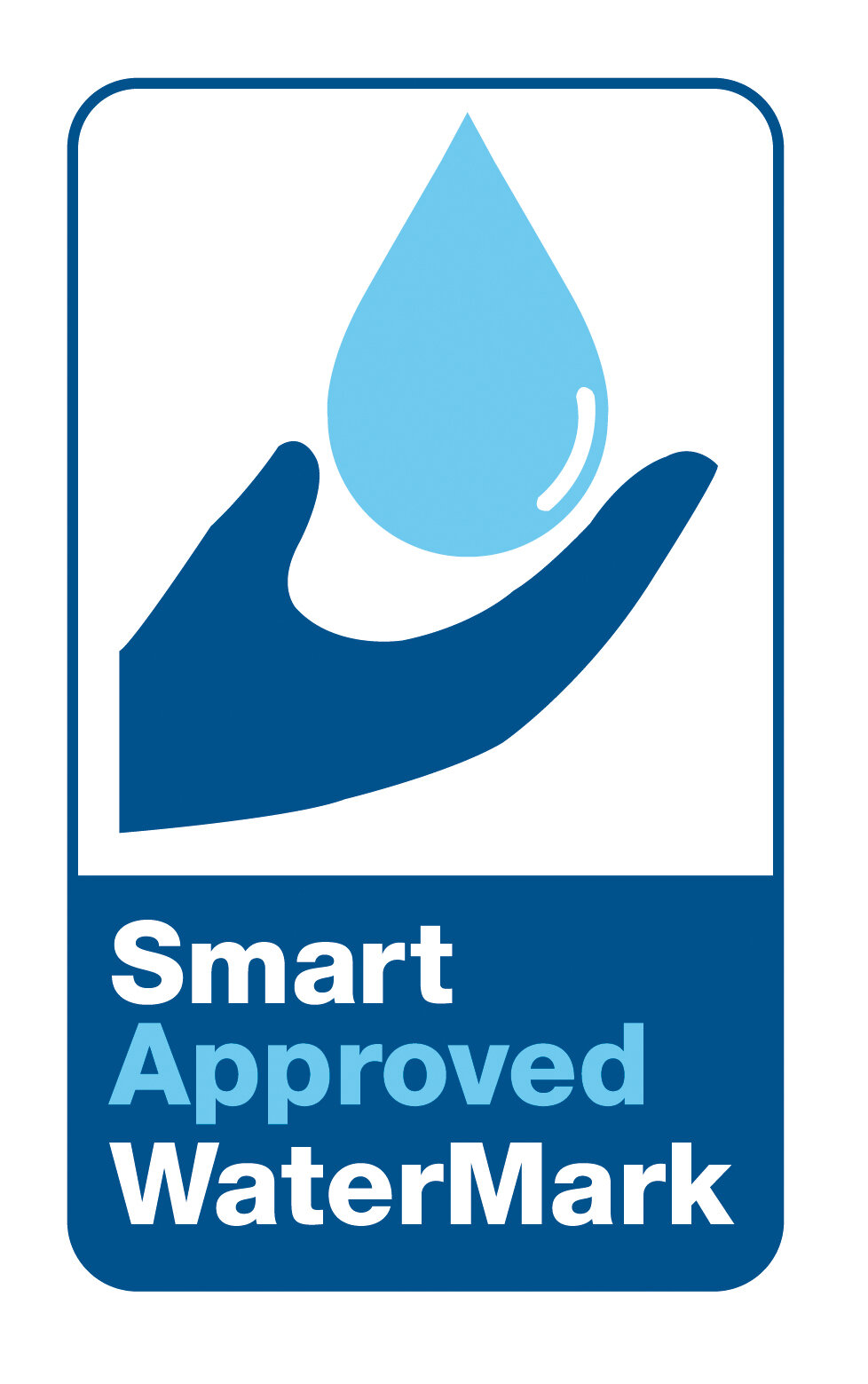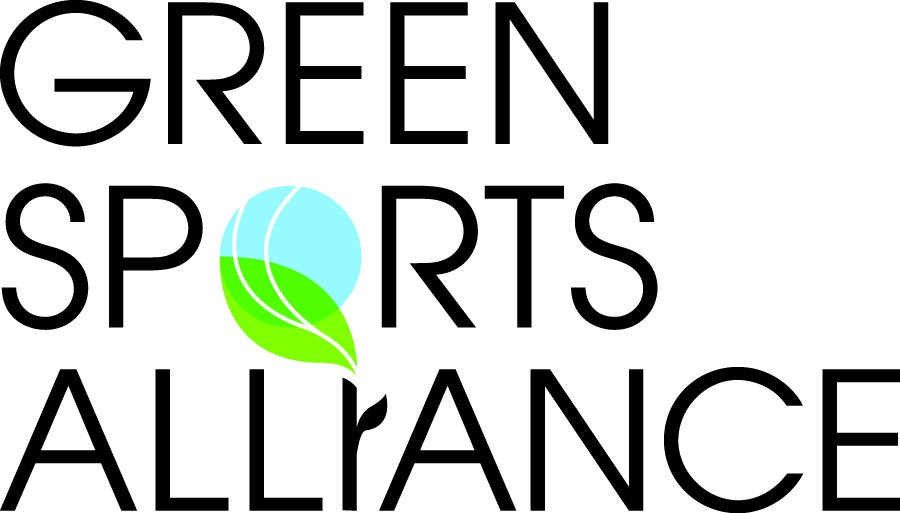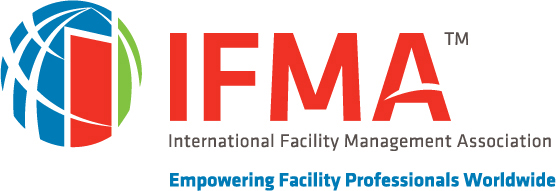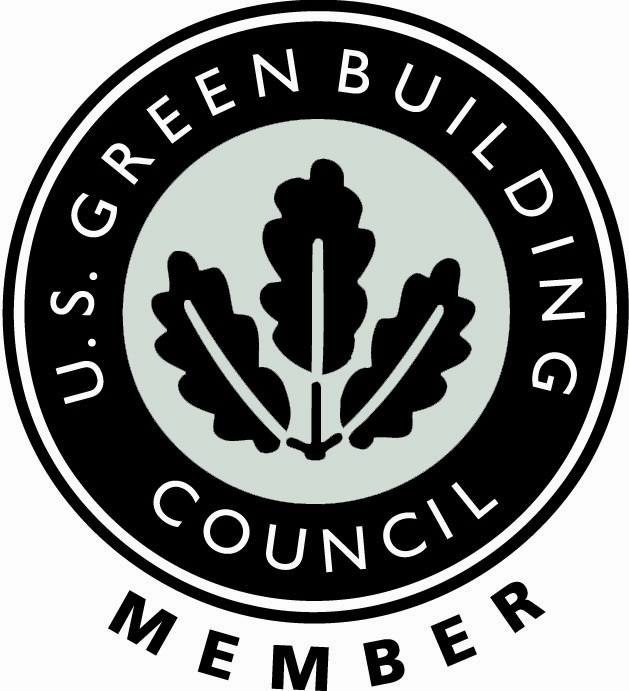Imagine collecting rainwater like farmers harvest crops. That's essentially what water harvesting is. It involves gathering and collecting rainwater from various sources such as rainfall events, surfaces, and even moisture from the air (like dew or fog) so that people, plants, and animals can use it.
Think of it this way: instead of rainwater simply soaking into the ground without necessarily benefitting vegetation, or flowing into street drains where it's often wasted, we collect it.
This collection can be as simple as placing buckets outside to collect water when it rains or as sophisticated as installing complex storage tanks. It's a straightforward and natural way to obtain water and a great way to promote sustainability.
However, just like certain crops thrive in specific climates, the advantages of water harvesting are most significant in particular regions of the country. For example, it wouldn't be very useful in a very dry place like Tucson, Arizona, where there isn't much rain, and any collected moisture would quickly evaporate due to the heat and the dryness of the climate.
On the other hand, water harvesting can be incredibly effective and promote sustainability in areas with more rainfall, such as the Midwest. In these regions, homes, schools, and businesses often have or add water collection systems to take advantage of the rain and moisture. As the cost of potable water continues to rise, these systems not only save water but often become a smart financial decision as well.
Beyond just being sustainable, water harvesting offers several other important benefits:
Improve Water Efficiency: By collecting rainwater, we reduce the amount of water we need from local water companies. This leads to a long-term reduction in water consumption and cost savings.
Provides Emergency Water Storage: With changing climate patterns causing more frequent and longer droughts, having a supply of harvested water can be a vital backup for farmers, homeowners, and others during water shortages. It also comes in handy after storms and tornados, which have been on the rise.
Increases Awareness About Water: In North America, many people still think water is always readily available. However, with increasing dry periods, it's becoming clear that we need to be more mindful and responsible about how we use water. Water harvesting helps us recognize the true value of water.
This increased awareness goes beyond just using less water. It often encourages us to find ways to eliminate water use altogether. For instance, schools and businesses have been eliminating water use by installing waterless urinals for years now, often enjoying dramatic reductions in water consumption.
In industries, this focus on water conservation has led to "process optimization." Engineers analyze how water is used in making products and often discover ways to reduce or even eliminate its use in certain production steps, saving both water and money.
So, in a nutshell, water harvesting is a practical way to collect and reuse rainwater and moisture, offering benefits like water reduction, efficiency, emergency preparedness, and what might be most important, a greater understanding of the importance of water.
-Klaus










